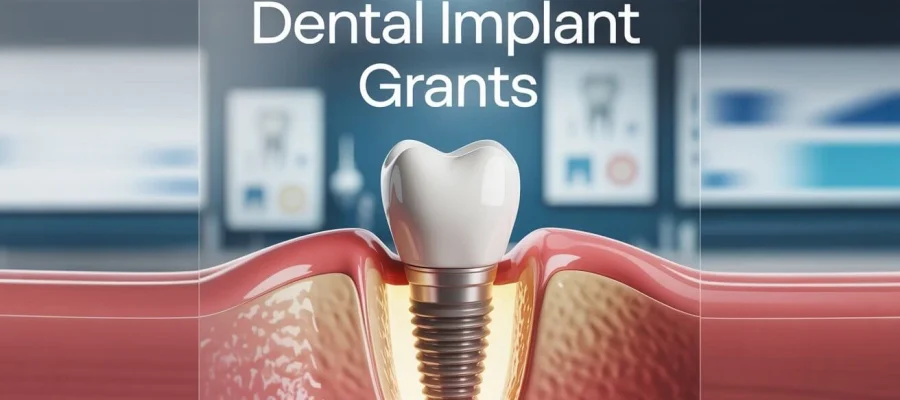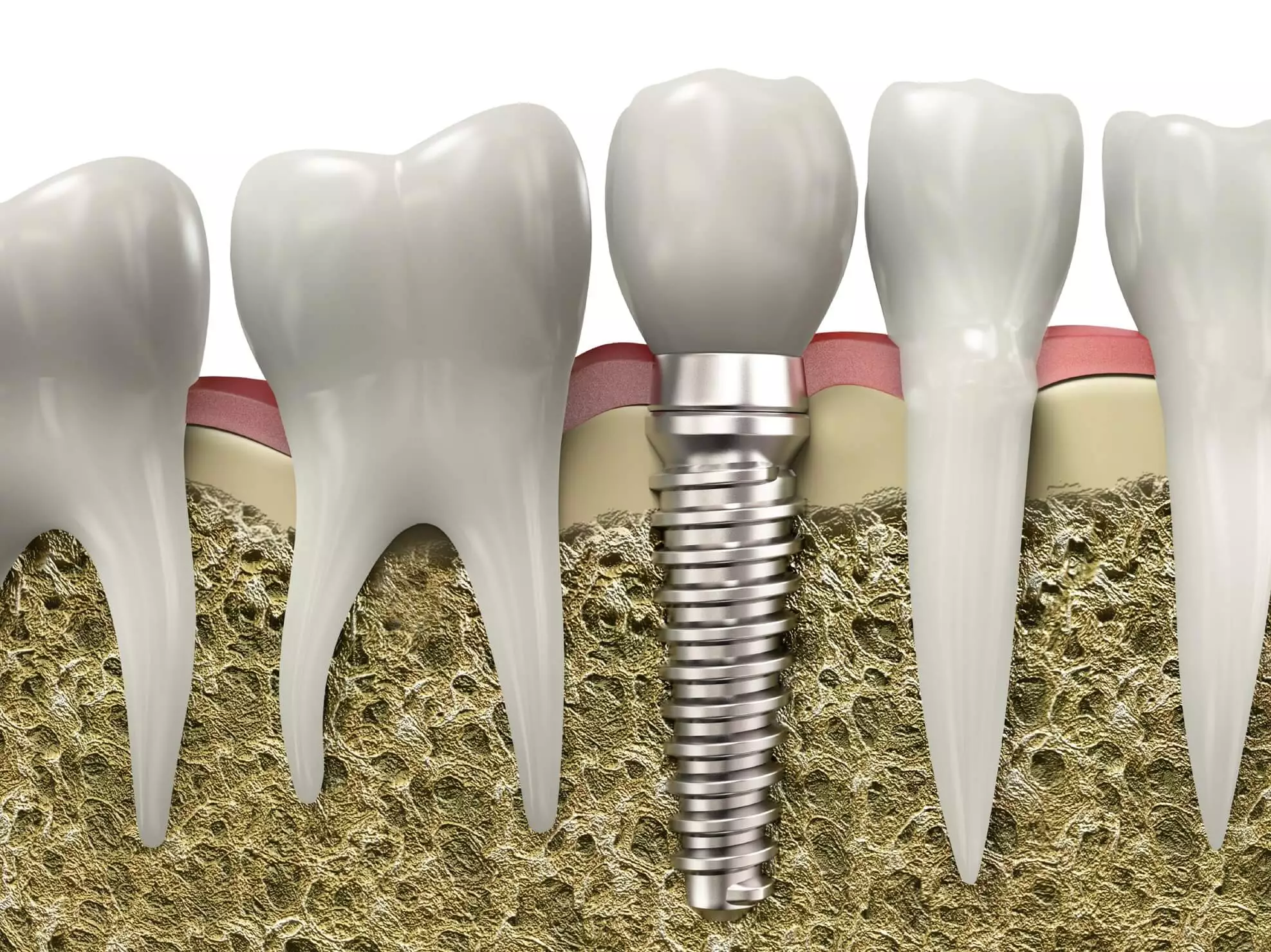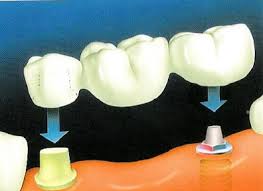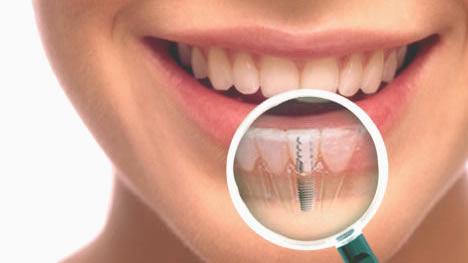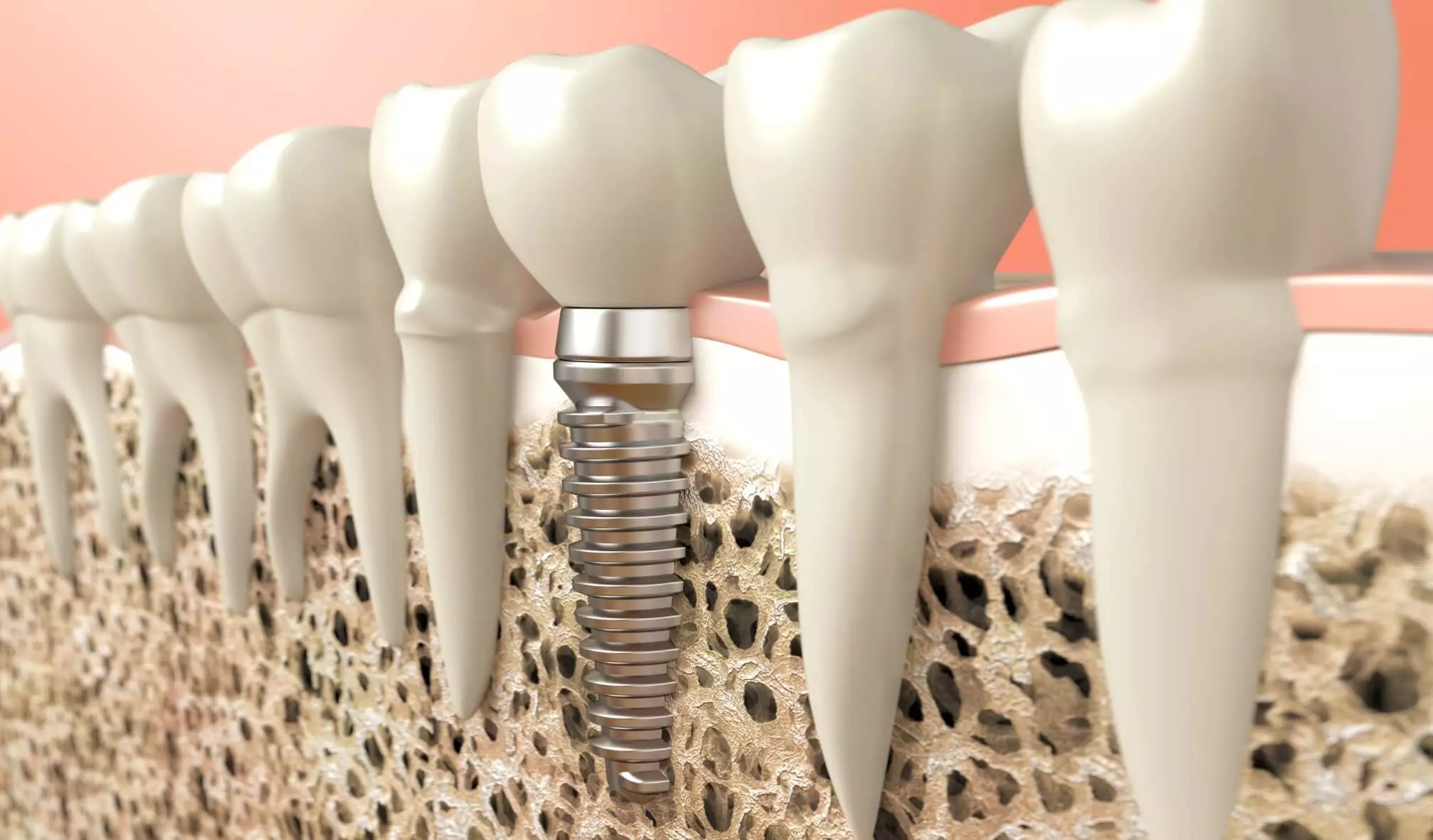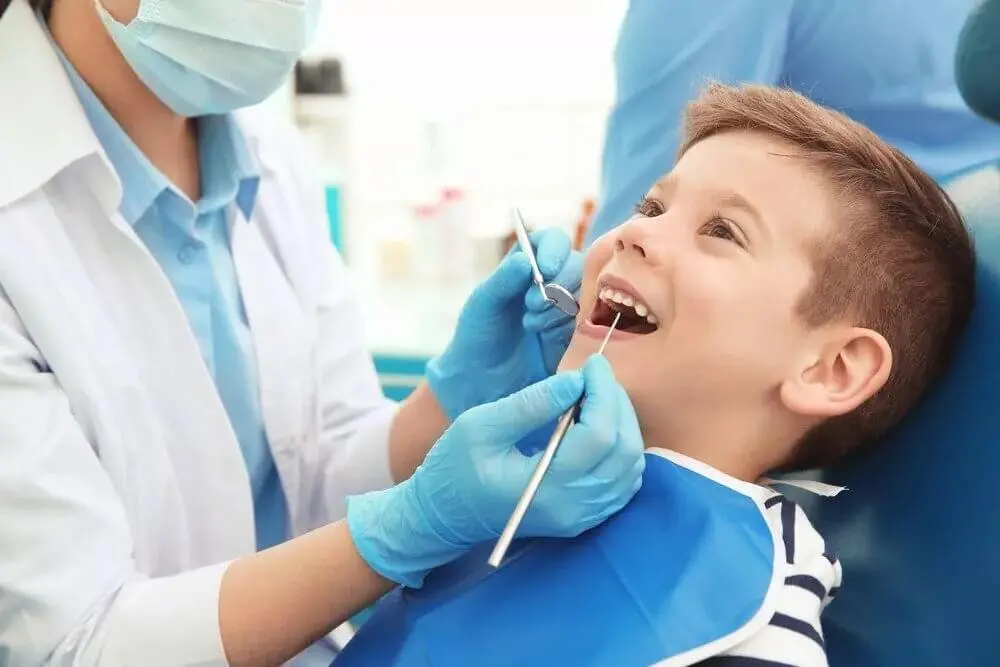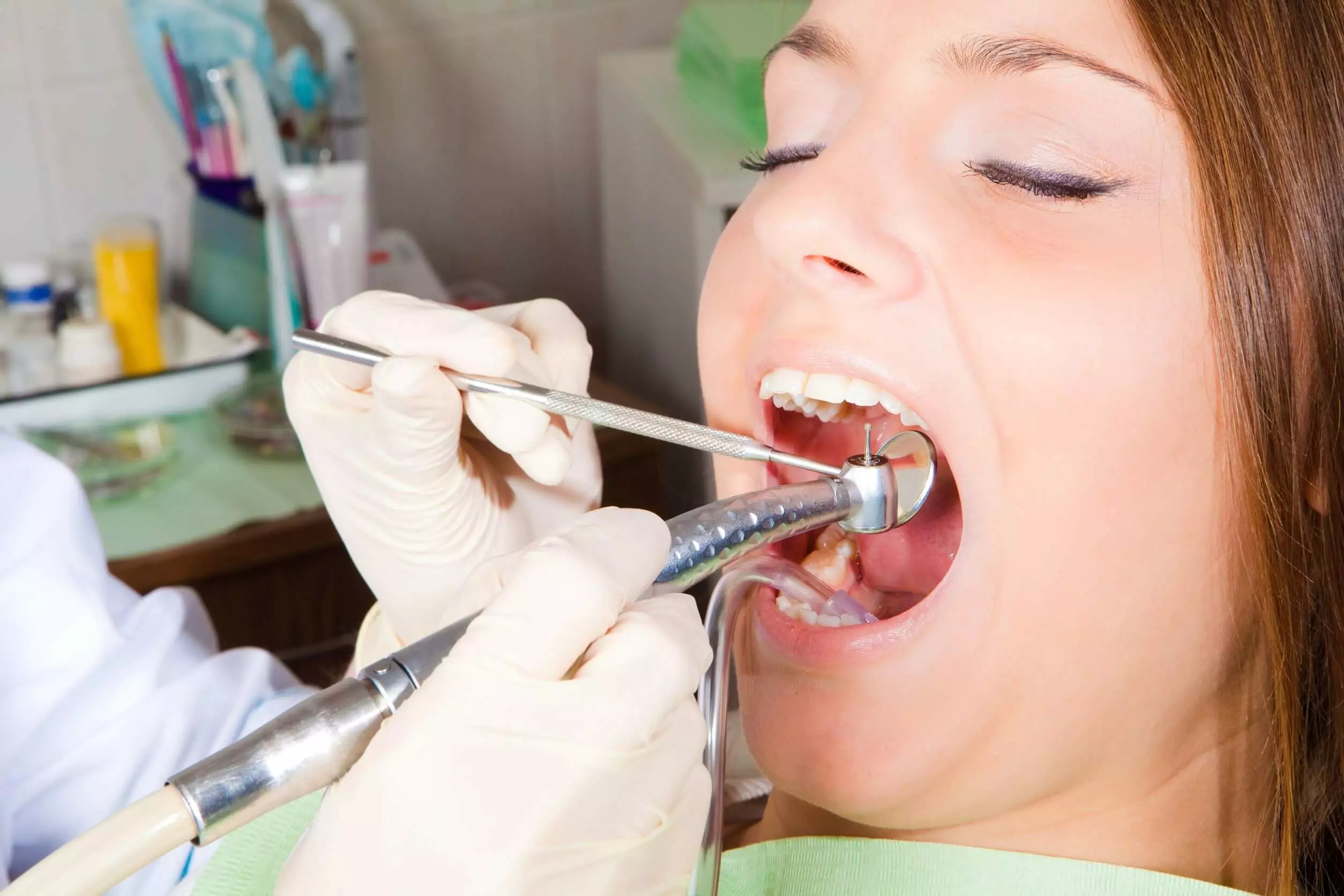Have you ever stumbled upon an ad promising free dental implants or exclusive dental implant grants? They often claim to help people regain their smile at no cost, making them seem too good to ignore. But as many have discovered, these offers may not be all they appear to be.
In this guide, we’ll expose the reality behind dental implant grants, help you identify misleading promotions, and offer real, practical alternatives for lowering the cost of implants.
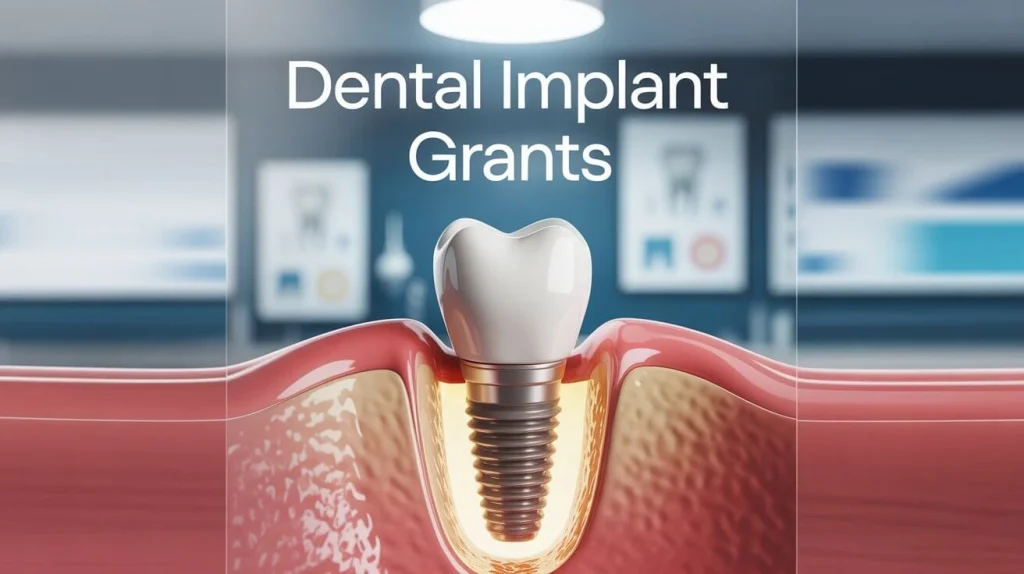
Content
Understanding the Truth about Dental Implant Grants
Many patients facing missing teeth are understandably hopeful when they hear about grants for dental implants. After all, implants can restore both confidence and function—but they come with a price tag that’s out of reach for many.
That’s why grant offers feel so appealing.
But here’s the truth:
Most dental implant grants you see online are not real grants.
Real dental grants—like government-funded programs or nonprofit aid—are rare and usually limited to specific demographics, such as veterans, low-income seniors, or those with medically necessary conditions. Most other “grants” are really just:
- Marketing campaigns by private companies
- Referral schemes that lead you to select dental offices
- Discount programs presented under the term “grant”
How These “Grant” Offers Really Work
So, what happens when you apply for a so-called cosmetic dentistry grant or dental implant funding program?
Here’s the typical flow:
- You fill out a form online claiming you’re interested in a dental implant grant.
- You’re notified you “qualify” almost immediately—before any real screening.
- You’re referred to a participating dental clinic, often for a paid consultation.
- The clinic tells you that while you qualify for a “grant,” you still have to pay thousands out of pocket.
In reality, the “grant” is usually a small discount that may not even cover the full consultation, let alone the actual procedure.
Why These Offers Are So Convincing
These promotions are designed to emotionally appeal to individuals in dental distress. Common psychological triggers used include:
- Hope and urgency: Limited-time offers make people act fast.
- Fear of missing out: “Hundreds already approved in your area!”
- Authority bias: Use of words like “Certified,” “Approved,” or “Guaranteed” to sound official.
- Sunk-cost fallacy: Once you pay for the consultation, you feel obligated to continue even if it’s not a great deal.
Add in a lack of transparent pricing in the dental industry, and it’s no wonder so many fall into the trap.
Why Are Dental Implants So Expensive?
To appreciate why free dental implants are rare, you need to understand the actual cost factors:
| Service | Estimated Cost |
| Initial Consultation & X-rays | $100–$300 |
| Tooth Extraction | $75–$300 per tooth |
| Implant Fixture | $1,000–$3,000 |
| Abutment & Crown | $1,000–$2,000 |
| Total Per Tooth | $3,000–$6,000+ |
The complexity of the procedure, materials used, and the expertise required all contribute to the high cost.
Real Ways to Make Dental Implants Affordable
The good news? While true dental implant grants may be rare, there are legitimate programs and strategies that can ease the financial burden.
1. Dental Schools Offering Reduced Rates
Students in advanced stages of training perform procedures under licensed supervision, often for 30–50% less than private practice rates.
2. Nonprofit Dental Care Programs
Organizations such as:
- Dental Lifeline Network
- Mission of Mercy
- Smiles for Everyone Foundation
…offer free or low-cost dental implants to qualified individuals.
3. State & Local Assistance Programs
Some state-funded dental assistance programs help cover procedures for low-income patients or those with disabilities.
4. Third-Party Healthcare Credit
Services like CareCredit, LendingClub, and Proceed Finance offer flexible financing with fast approval times.
5. Dental Insurance with Implant Coverage
Some premium dental insurance plans or supplemental policies now include partial coverage for implants. Always review the waiting period and maximum annual limits.
Legitimate Alternatives to “Free” Dental Implant Grants
If you’re looking for support but want to avoid scams, here are some viable, safe options:
| Option | What It Offers |
| Dental Schools | Supervised care at reduced rates |
| Nonprofits (e.g. DLN, MOM) | Free/low-cost dental services |
| Charitable Dental Events | Temporary pop-up clinics for underserved |
| In-House Clinic Discounts | Loyalty pricing or sliding-scale fees |
| Medical Tourism (Caution Advised) | Implants at lower costs abroad (due diligence required) |
Final Thoughts
Dental implant grant scams are becoming more sophisticated and widespread. But with the right knowledge, you can spot the signs early and avoid financial loss or disappointment.
While real dental implant grants are limited, there are plenty of ethical, affordable, and effective ways to restore your smile. Whether it’s through financing, nonprofit care, or dental schools, you do have options.
Be informed, ask questions, and trust only reputable sources and professionals.
Frequently Asked Questions
Do real dental implant grants exist?
Very few. Most “grant” programs are actually discounts or referral systems—not government-backed funding.
Why are dental implants so expensive?
Implants involve surgery, high-grade materials, custom components, and follow-up care, all of which contribute to the cost.

Karen is a health blog author who has been writing about healthy living since 2013. She started her journey by adopting a vegan diet and eating only organic foods, but the more she learned, the more she realized that we should all be eating plant-based diets exclusively. As an expert in nutrition and wellness, Karen blogs to educate readers on how they can live happier and healthier lives through food choices!

